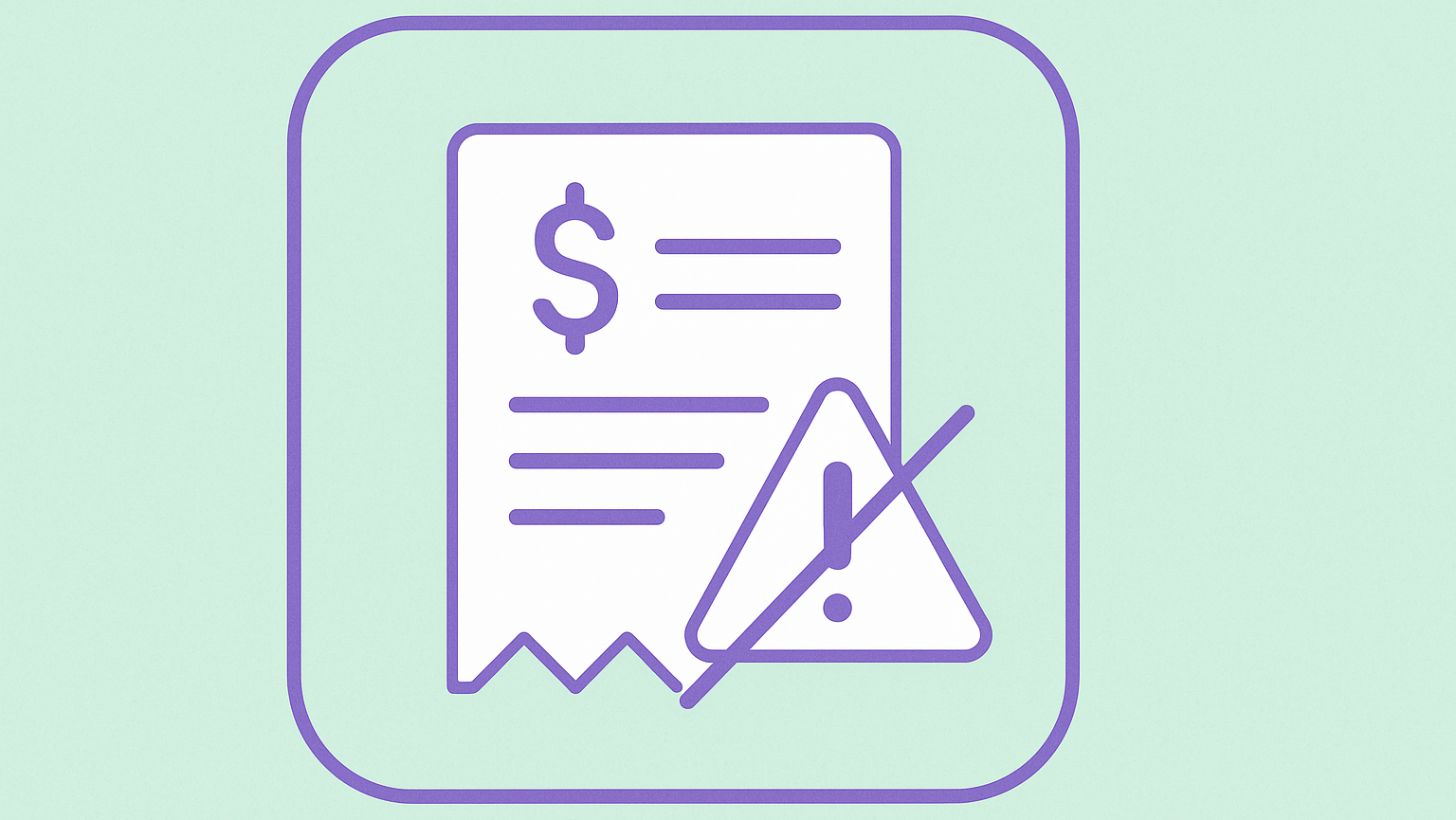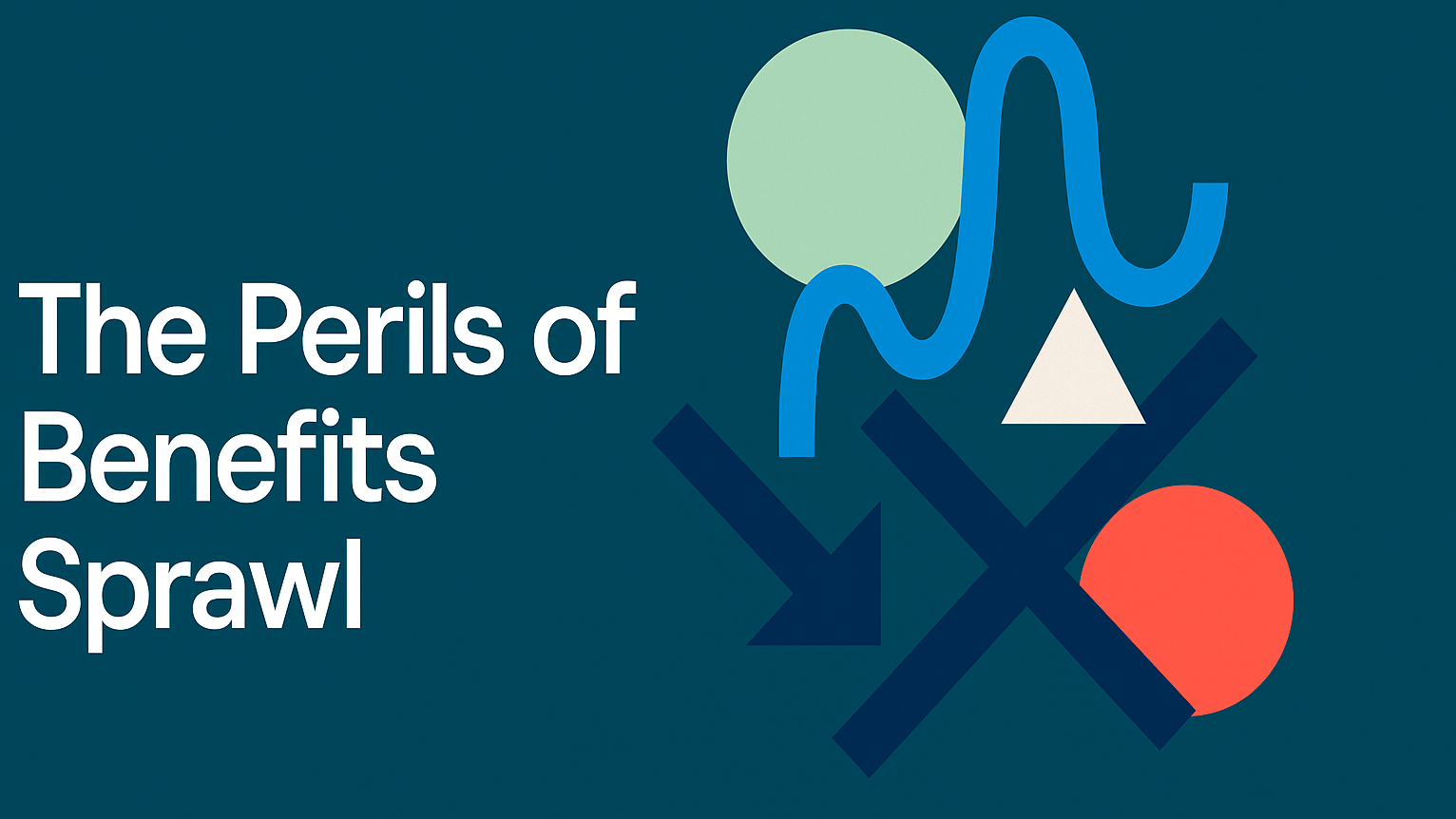From Chaos to Clarity: Solving Open Enrollment’s Hidden Crisis
Every fall, the same pattern repeats. Your benefits package is strong. Your communications are thorough. Yet Open Enrollment (OE) still brings chaos.
Employees are confused. HR teams are buried in support tickets. And despite the investment in great benefits, utilization remains low.
The problem isn’t what you’re offering. It’s the cognitive overload that prevents employees from making confident, informed choices.
The True Cost of Enrollment Confusion
Confused employees don’t just feel stressed — their choices create ripple effects that hurt your organization:
- Support tickets spike 300–400% during OE, consuming up to 60% of HR’s time.
- Decision paralysis leads to last-minute enrollments and rushed, poor plan selections.
- HSA adoption falls by 40% when employees don’t understand eligibility or value.
- Premium plans sit underutilized because employees can’t evaluate what justifies the higher cost.
- Trust erodes: confusing OE experiences drive satisfaction scores down by 25–30%.
That’s wasted time, wasted money, and wasted opportunity.
Why Employees Struggle
Benefits decisions are hard. Even financially savvy employees face:
- Complex plan design: deductibles, copays, coinsurance, out-of-pocket max.
- One-size-fits-all guides: generic examples that don’t apply to real-life needs.
- Behavioral inertia: defaulting to last year’s plan even when circumstances have changed.
The result: employees make choices based on guesswork, not informed analysis.
The Anatomy of Decision Paralysis
Picture the decision tree: premiums vs. deductibles, what-if surgery, what-if pregnancy, what-if chronic condition management. The possible outcomes multiply fast.
Without personalized guidance, most employees:
- Stick with the cheapest premium, even if it’s costly long-term.
- Roll over last year’s plan.
- Avoid engagement until the deadline forces a rushed choice.
It’s not laziness. It’s human nature when faced with too much complexity.
Moving From Information to Intelligence
Solving OE chaos requires moving beyond generic education toward personalized decision support. The new framework looks like this:
1. Predictive Decision Support
- Use claims data to project how different plans would have affected employees in past years.
- Provide forward-looking “what-if” scenarios (e.g., surgery, starting a family).
- Replace static plan comparisons with dynamic, personalized recommendations.
2. Segmented Communication
- By life stage: new hires need basics, families need optimization, pre-retirees need Medicare transition support.
- By engagement: confident decision-makers vs. avoiders get different levels of guidance.
3. Proactive Support
- Detect confusion in real-time: excessive time comparing plans, incomplete enrollments, or risky choices (e.g., HDHP without HSA).
- Intervene early instead of waiting for tickets.
4. Smarter Measurement
- Track plan satisfaction 6–12 months later.
- Validate choices against claims to see if employees actually picked the most cost-effective option.
The Budgie Health Difference
Budgie is built to turn OE confusion into clarity.
- Claims-backed intelligence: employees see how each plan impacts their total costs.
- Real-time guidance: confusion signals trigger proactive support.
- Predictive modeling: from deductibles to chronic care, employees see what matters in dollars.
- Simplified experience: employees get guidance in plain language, not jargon.
Real Results: A Manufacturing Employer
One 1,200-employee company implemented Budgie’s OE decision support. The results:
- Enrollment satisfaction jumped from 45% → 78%.
- Support tickets dropped 60%.
- HSA participation rose 35%.
- Plan selection accuracy improved 42%. (measured by alignment between choices and utilization).
Employees felt confident, HR saved time, and the company saved money.
From Chaos to Clarity
Open Enrollment chaos isn’t inevitable. It’s a design problem — and it’s solvable.
With Budgie, employees move from “I don’t know what to pick” to “I’m confident I made the right choice.” HR moves from reactive fire drills to proactive strategy.





